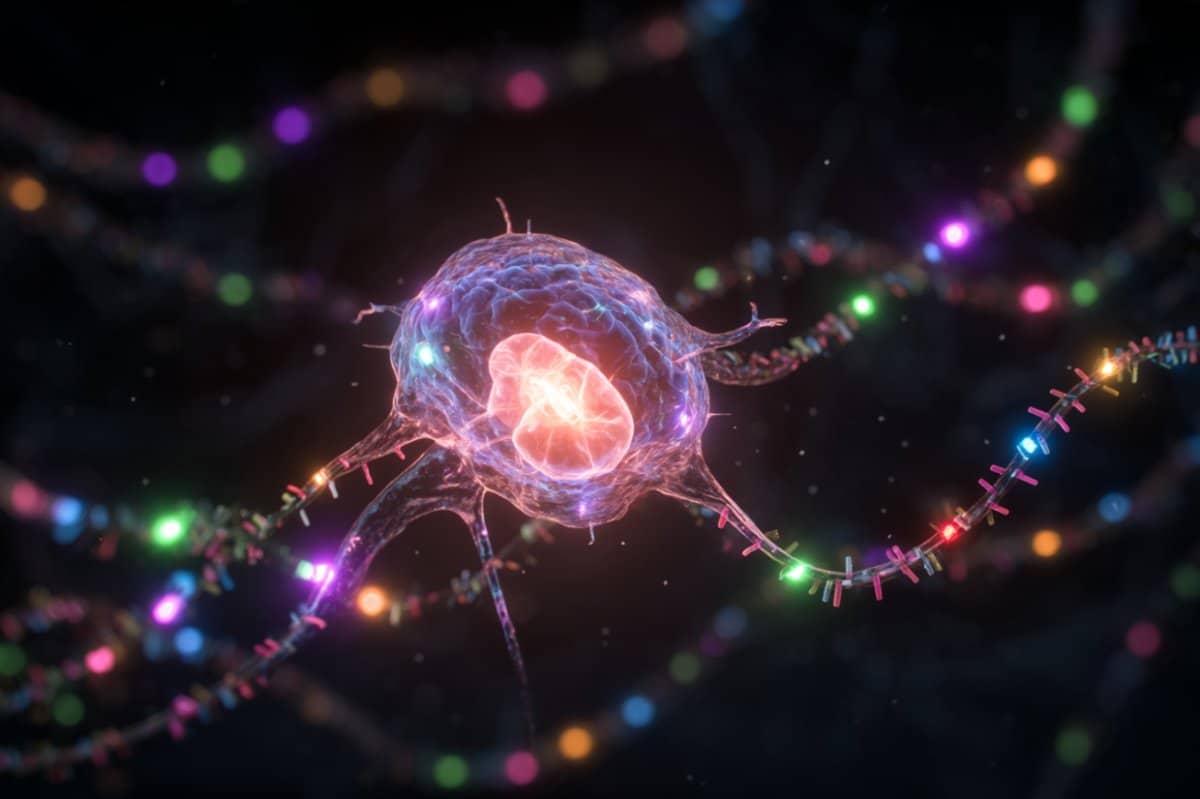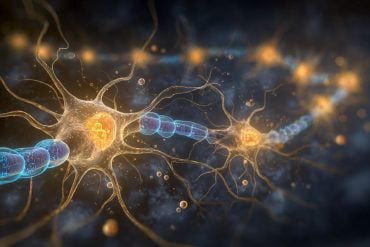Summary: Researchers have shown for the first time that flipping an epigenetic “switch” in specific memory-holding neurons can directly alter memory strength. By targeting the gene Arc—which helps neurons adjust their connections—scientists used CRISPR-based tools to either boost or silence its activity in engram cells within the hippocampus.
Silencing Arc blocked memory formation, while activating it strengthened recall, even days later, and these effects were reversible. The discovery offers groundbreaking insight into how gene regulation within memory cells can control learning and forgetting, opening possibilities for future therapies in PTSD and neurodegenerative diseases.
Key Facts
- Memory Gene Target: Researchers used CRISPR tools to control the Arc gene in memory-storing engram cells.
- Reversible Editing: Turning Arc off weakened or erased memory, while turning it on enhanced recall—and both effects could be undone.
- Therapeutic Promise: Findings point toward new strategies for treating PTSD, addiction, and age-related memory loss.
Source: EPFL
Our experiences leave traces in the brain, stored in small groups of cells called “engrams”. Engrams are thought to hold the information of a memory and are reactivated when we remember, which makes them very interesting to research on memory and age- or trauma-related memory loss.
At the same time, scientists know that the biology of learning is accompanied by epigenetic changes, which refers to the ways the cell regulates genes by adding chemical “post-it notes” on DNA.

But the question of whether the epigenetic state of a single gene in turn can cause a memory to change has thus far remained unanswered.
A team led by Professor Johannes Gräff at EPFL’s Laboratory of Neuroepigenetics combined CRISPR-based gene control with a technique that tags engram cells in mice. They focused on Arc, a gene that helps neurons adjust their connections to other neurons. By targeting the control region of Arc, the team asked whether flipping its epigenetic “switch” could directly change memory.
An “epigenetic switch”
The researchers developed specialized, CRISPR-based tools that could either dial down or boost Arc activity in memory neurons. Some, like the KRAB-MeCP2 tool, were designed to switch off gene activity by adding repressive marks that make the DNA less accessible, while others opened the DNA and turned the gene on. These tools were essentially an “epigenetic switch” for the Arc gene.
They then used harmless viruses to deliver these tools directly into the hippocampus of mice, a brain region central for storing and retrieving memory. The mice were then trained to link a specific place with a mild foot shock.
By changing the epigenetic state of Arc in the neurons, the scientists could see whether the animals remembered the shock or not. They also added a “safety switch” that could undo the editing and reset the memory state.
The study showed that epigenetically silencing Arc in engram cells made the mice not learn, while boosting it made their memory stronger. These changes could be reversed in the same animal, showing that this epigenetic “switch” can dial memory expression up or down.
Even memories that were already several days old, which are usually hard to change, could be modified. On the molecular level, the editing caused changes in gene activity and DNA packaging that matched the behavioral effects.
Controlling memory expression
The study is the first direct demonstration that changing the epigenetic state in memory cells is necessary and sufficient to control memory expression. It points to new ways of exploring how memories are stored and altered, which could eventually also be relevant in humans.
In the future, similar approaches could help researchers better understand conditions where memory processing goes awry, such as traumatic memories in PTSD, drug-related memories in addiction, or the memory problems that appear in neurodegenerative diseases.
Key Questions Answered:
A: They altered the epigenetic state of the Arc gene in hippocampal engram cells, switching memory expression up or down.
A: Silencing Arc prevented learning and recall, while boosting it strengthened existing memories, even after they had stabilized.
A: It’s the first evidence that directly changing a single gene’s epigenetic state in memory cells can control memory formation and retrieval.
About this epigenetics and memory research news
Author: Nik Papageorgiou
Source: EPFL
Contact: Nik Papageorgiou – EPFL
Image: The image is credited to Neuroscience News
Original Research: Open access.
“Cell-type and locus-specific epigenetic editing of memory expression” by Johannes Gräff et al. Nature Genetics
Abstract
Cell-type and locus-specific epigenetic editing of memory expression
Epigenetic mechanisms have long been proposed to act as molecular mnemonics, but whether the epigenetic makeup of a single genomic site can guide learnt behaviors remains unknown.
Here we combined CRISPR-based epigenetic editing tools with c-Fos-driven engram technologies to address this question in memory-bearing neuronal ensembles.
Focusing on the promoter of Arc, which encodes a master regulator of synaptic plasticity, we found that its locus-specific and temporally controlled epigenetic editing is necessary and sufficient to regulate memory expression.
Such effects occurred irrespective of the memory phase—during the initially labile period after learning and for fully consolidated memories—and were reversible within subject, testifying to their inherent plasticity.
These findings provide a proof-of-principle that site-specific epigenetic dynamics are causally implicated in memory expression.






